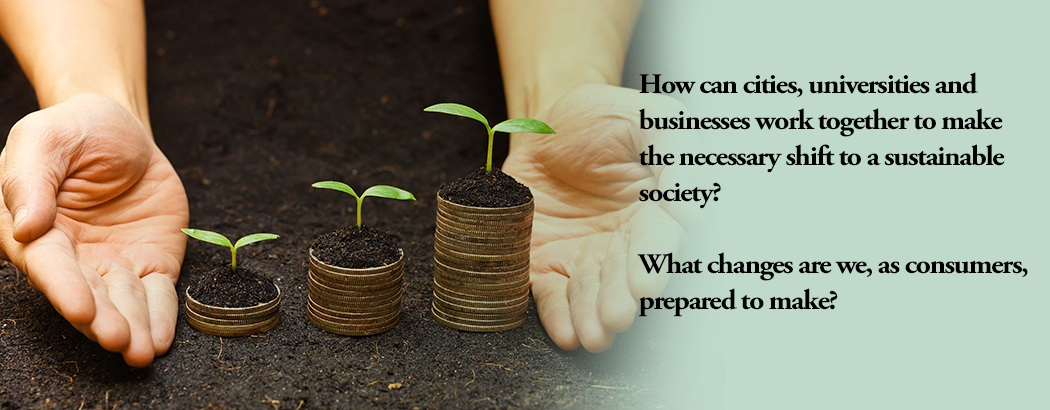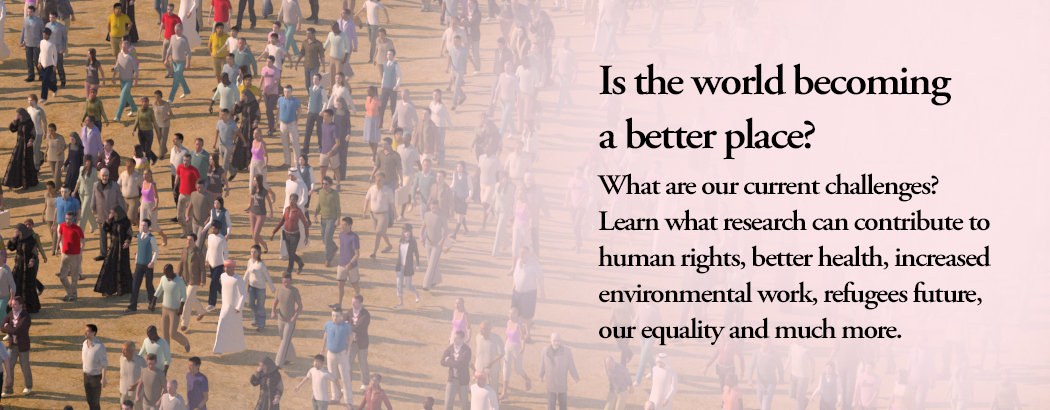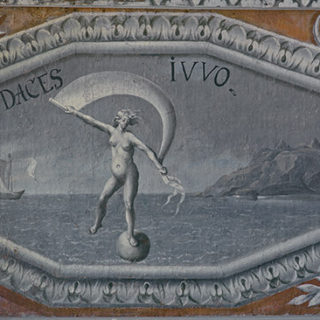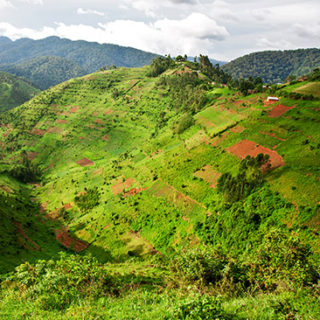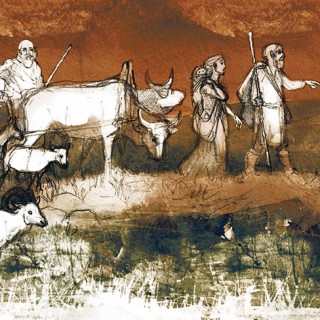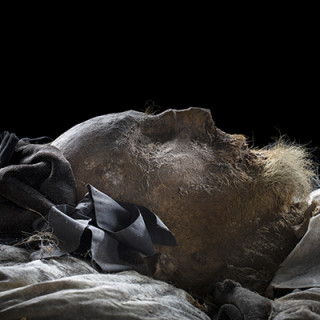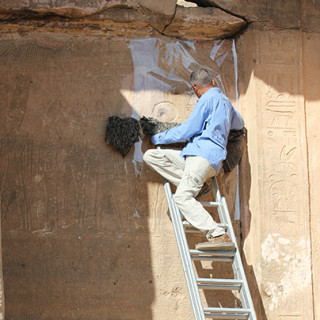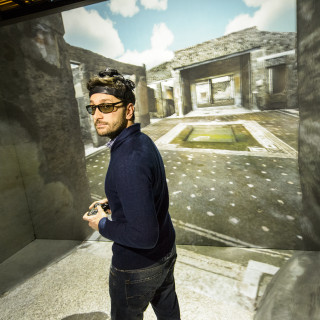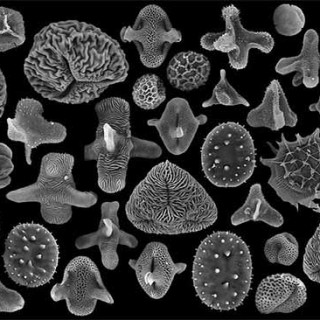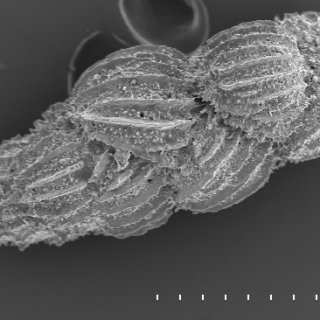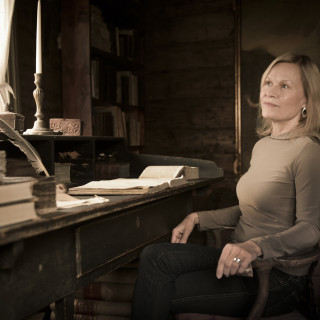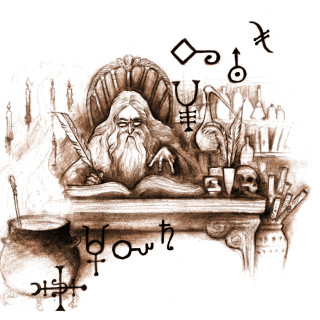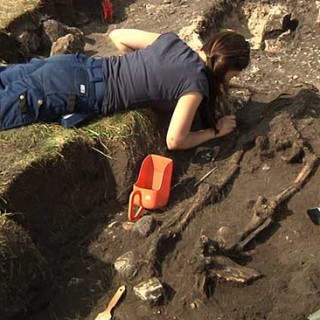Category: History & archeology
On people’s world view in the 1600s. If you visit Läckö castle, you will see a mural from around 1670 depicting Fortuna, the goddess of luck, balancing on one leg on a sphere floating in the sea. In her hands, she holds a sail which is catching the wind. Above,...
Wars and other armed conflicts affect the environment. The damage caused can have negative consequences for people in the form of threats to their health and their access to food and clean water. At Lund University, legal scholar Britta Sjöstedt is investigating whether we can use today’s environmental legislation to...
The people who lived in Scandinavia before us – who were they and where did they come from? To find the answers, archaeologists and osteologists have previously grouped and dated excavated objects and skeletal remains from various prehistoric cultures. With the help of DNA studies, researchers have now begun to...
Column by Sara Kalm, senior lecturer in Political Science Migration is not a new phenomenon. In all of history, people have up and left, moving sometimes on their own, more often in groups. During the past few hundred years, this has taken place in relation to the international nation system...
In death, animals and man meet There is only one way to be born, but a thousand ways to die. Archaeologists’ studies of death and burial rites reveal much about how our views on the value of humans and animals have varied between different periods and in different cultures. A...
The mummy of Peder Winstrup is one of the most well-preserved bodies from the 1600s. Initial examinations made a sensational discovery: the inner organs are still there. This provides unique opportunities to learn more about people living in Lund in the 1600s. “We can now establish that Winstrup’s mummy is...
Water has always been the difference between life and death. In the Old Testament, drought is commonly attributed to poor relations with God. Ola Wikander takes us back and tells us about the perception of water in ancient times. In the Old Testament, drought is a sign that something is...
The Swedish-led Gebel el Silsila Survey Project in Egypt has made a number of exceptional discoveries. Among other objects, the team has discovered a stela – a relief design carved in a stone wall – with what are believed to be 2 500-year-old inscriptions. The researchers are using interactive 3D reconstructions...
Archaeology not only preserves the past, it also destroys it. Once a site is excavated, the sequence of information that allows the reconstruction of past events is irreversibly removed. Archaeologist Nicolò Dell’Unto from Lund University is at the forefront of new research that makes it possible to revisit a site in...



